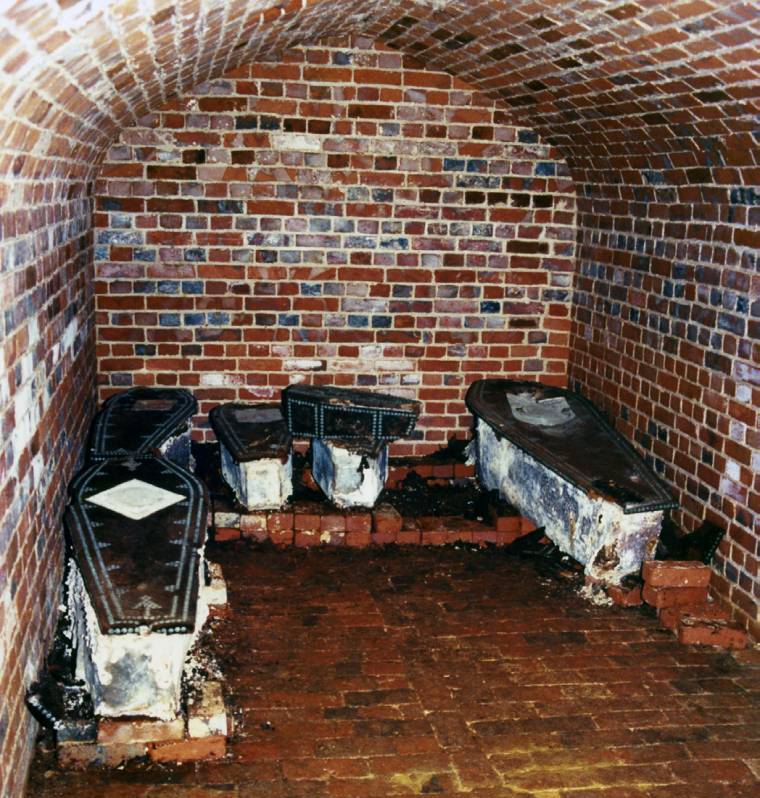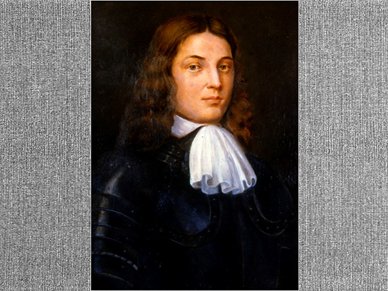Holy Trinity, Penn – Links to Pennsylvania
William Penn the Quaker (1644-1718)
William Penn aged 22. Supposedly painted in Dublin in 1666 but very uncertain provenance (Pennsbury Manor, Morrisville, Pennsylvania)
Many British, and most US Citizens, know that William Penn was the Quaker who founded Pennsylvania. Charles II had given him what is now the State of Pennsylvania in payment of a debt to the Quaker’s father, Admiral Sir William Penn, the leading Admiral of his day, and insisted that it be named after the Admiral. At the same time, a William Penn was Lord of the Manor here in Penn, as his ancestors had been since Norman times (1066 onwards). His descendant, the seventh Earl Howe, is still by far the largest landowner in Penn.
The question of whether or not the two families were related has arisen throughout the succeeding centuries. The surname Penn was not that uncommon in England at the time and the Admiral’s family came from Wiltshire. No genealogical link has ever been found, but there is no doubt that at the time the relationship was always mutually claimed and acknowledged. William Penn the Quaker’s diary records his visiting Penn House, which is about a mile north of Penn church, to see his “cousins”, two of whom were Quakers.
Furthermore, no fewer than five of William Penn, the Quaker’s, grandchildren are buried here in the church, in the vault beneath the nave. As you walked in, you may have noticed the large diagonal stone set into the floor tiles in the inner porch. This is the entrance to the Penn vault and it was explored in 1987 by both the current Earl Howe and Miles Green (the church archivist and historian). See photo overleaf of the vault.
 The Penn Vault (Brian Cullip 1987)
The Penn Vault (Brian Cullip 1987)
This part of Buckinghamshire had strong Quaker links and the Quaker’s first wife, Gulielma Springett, was living for two years by Widmer Pond on the edge of the wide common known as Tyler End Green only a mile down the road from the church. To this day, the first Quaker Meeting House, built in 1688, still exists nearby at Jordans where William Penn the Quaker is buried.
The insistence by two 20th century Vicars of Penn, driven perhaps by the hope of obtaining generous benefactors in the USA, that the two Penn families were related, and that this parish was therefore the Quaker’s ancestral home, created a surprising degree of contention including a case in the High Court. More recently, the very fine glass screen at the North door was designed to celebrate the family connection of the two Penn families and is not as historically appropriate or accurate as it might be.
The full story of William Penn is an interesting one and the green booklet, “William Penn” by Miles Green, is warmly recommended.

